Fencing is a sport that requires not only physical strength and agility, but also mental sharpness and strategic thinking. As fencers progress in their training and competitions, they must constantly refine and improve their techniques to stay ahead of their opponents. This is where advanced fencing techniques come into play. These techniques involve mastering footwork, timing, and strategies that can give fencers an edge over their opponents. In this blog post, we will delve into the world of advanced fencing techniques and explore how fencers can elevate their skills to the next level.
Introduction to Advanced Fencing Techniques
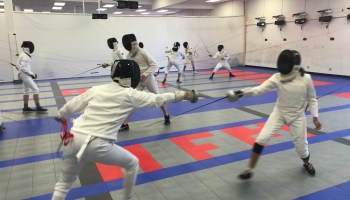
Before we dive into the specific techniques, it is important to understand the concept of advanced fencing. Advanced fencing is not just about being faster or stronger than your opponent, but rather it involves a combination of technical skills, mental preparation, and strategic thinking. It is about being able to anticipate your opponent’s moves and react accordingly, while also executing your own attacks with precision and speed.
In order to reach this level of proficiency, fencers must have a strong foundation in basic fencing techniques such as footwork, timing, and strategies. Once these fundamentals are mastered, fencers can then move on to more advanced techniques that require a higher level of skill and finesse.
Mastering Footwork in Advanced Fencing
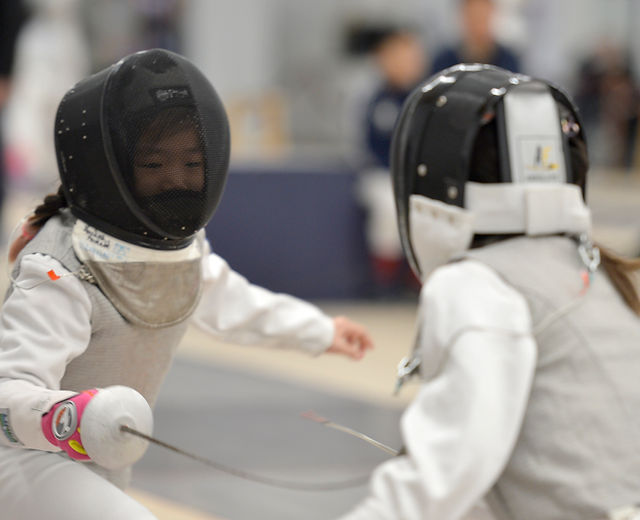
Footwork is the foundation of fencing and is crucial for both attack and defense. In advanced fencing, footwork becomes even more important as it allows fencers to create openings for attacks and quickly respond to their opponent’s movements. Here are some key footwork techniques that fencers should focus on mastering:
Lunge and Recovery
The lunge is one of the most fundamental and powerful movements in fencing. It involves extending the front leg forward while keeping the back leg straight, and then quickly recovering back to the starting position. To execute a successful lunge, fencers must have proper balance and coordination. They should also focus on maintaining a low center of gravity to ensure stability and control.
To improve their lunging technique, fencers can practice with a partner or against a wall. This will allow them to focus on their form and make any necessary adjustments. It is also important to work on the speed and explosiveness of the lunge, as this can catch opponents off guard and give fencers an advantage in a bout.
Advance and Retreat
The advance and retreat are two basic footwork movements that are essential for both attack and defense. The advance involves moving the front foot forward while keeping the back foot in place, while the retreat involves moving the back foot backward while keeping the front foot in place. These movements are used to create distance between fencers and to set up attacks or defensive actions.
In advanced fencing, fencers must be able to execute these movements quickly and smoothly. They should also be able to vary the length and speed of their advances and retreats to keep their opponents guessing. Practicing these footwork movements with a partner or against a wall can help fencers improve their speed and precision.
The Importance of Timing in Advanced Fencing
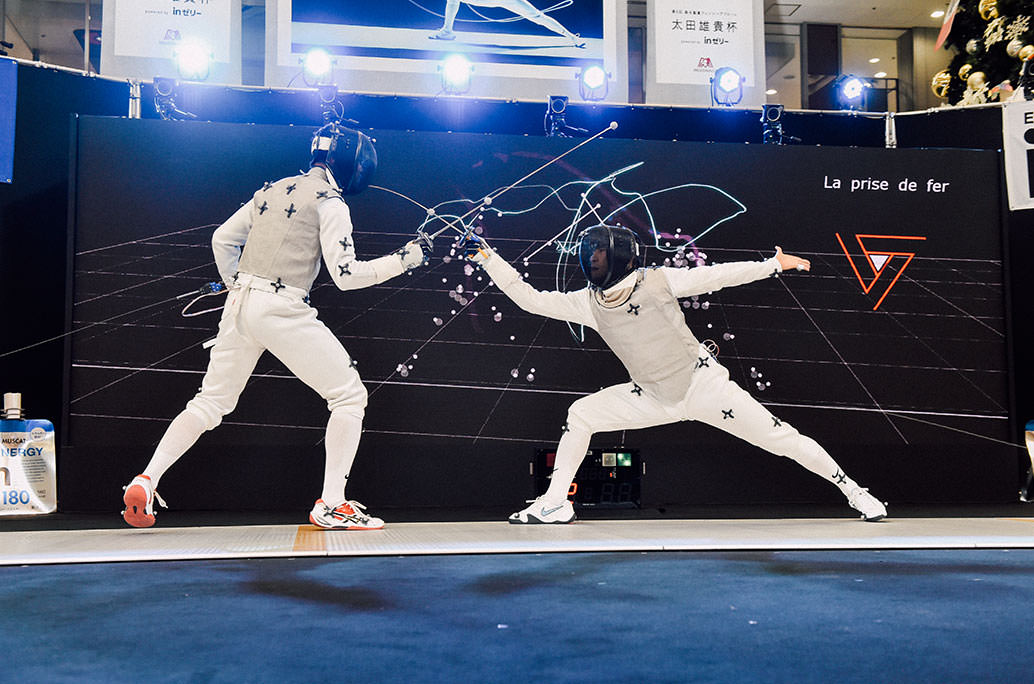
Timing is crucial in fencing as it allows fencers to anticipate their opponent’s moves and react accordingly. In advanced fencing, timing becomes even more important as fencers must be able to execute their attacks and defenses at the right moment to be successful. Here are some techniques that fencers can use to improve their timing:
Tempo Changes
Tempo changes involve varying the speed and rhythm of attacks to throw off an opponent’s timing. This can be done by changing the tempo within an attack, such as starting slow and then suddenly accelerating, or by changing the tempo between attacks, such as alternating between fast and slow attacks. By using tempo changes, fencers can disrupt their opponent’s timing and create openings for successful attacks.
Counterattacks
Counterattacks involve attacking an opponent while they are in the middle of their own attack. This requires excellent timing and anticipation, as fencers must be able to read their opponent’s movements and react quickly. To improve their counterattacking skills, fencers can practice with a partner by taking turns attacking and defending. This will help them develop the ability to anticipate and time their counterattacks effectively.
Advanced Strategies for Attacking and Defending
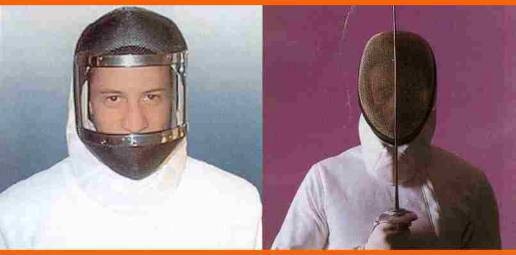
In advanced fencing, it is not just about executing individual techniques, but also about having a strategic approach to both attacking and defending. Here are some strategies that fencers can use to gain an advantage over their opponents:
Target Selection
Target selection involves choosing which part of the opponent’s body to target during an attack. In advanced fencing, fencers must be able to quickly assess their opponent’s strengths and weaknesses and adjust their target accordingly. For example, if an opponent has a strong parry on one side, a fencer may choose to attack on the other side to catch them off guard.
Combination Attacks
Combination attacks involve using a series of different attacks in succession to confuse and overwhelm an opponent. These attacks can be executed in different tempos and from different angles to keep the opponent guessing. Fencers should also be prepared to change their combination attacks mid-way if their opponent counters or defends against the initial attack.
Mental Preparation for Advanced Fencing Competitions
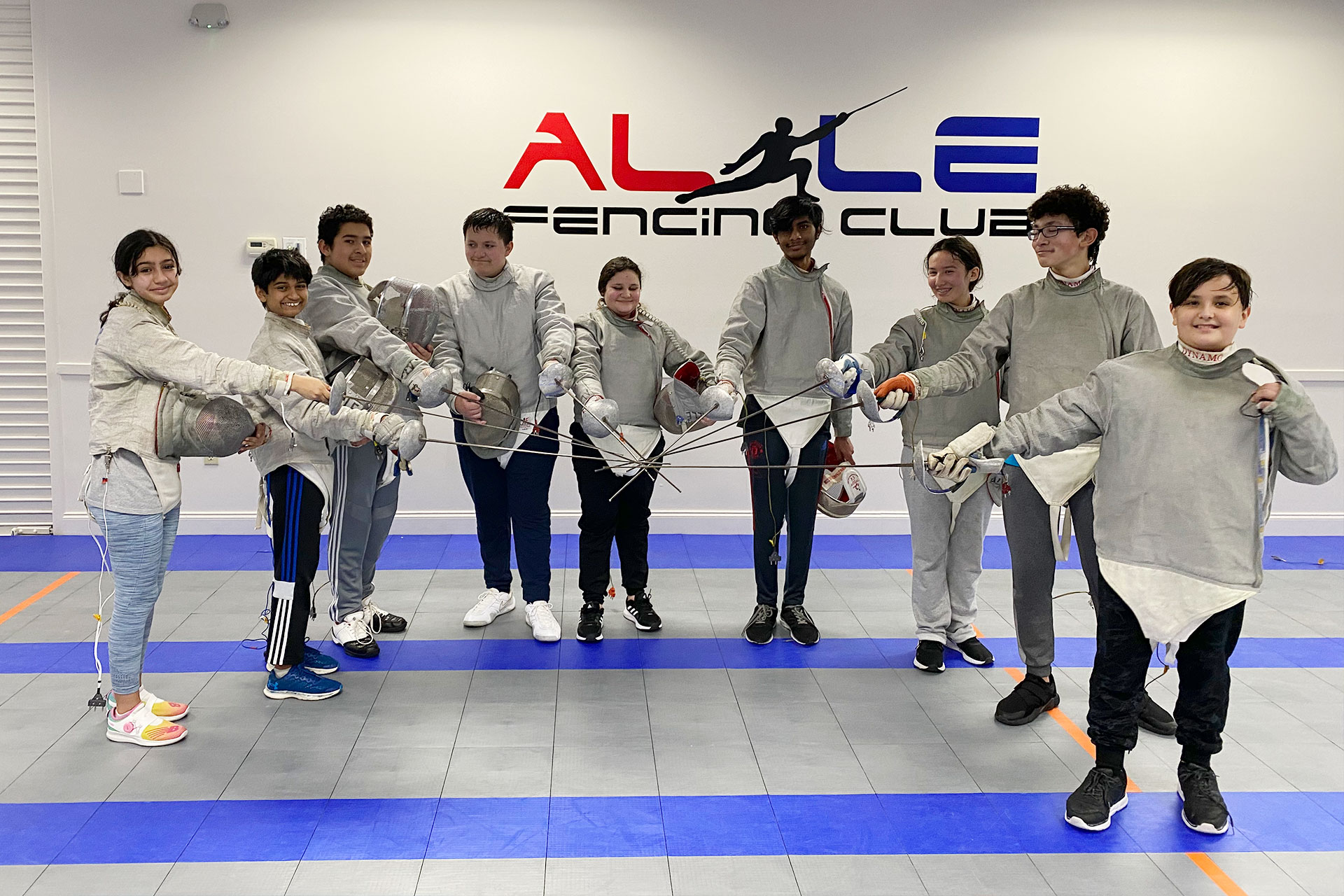
In addition to physical training, mental preparation is crucial for success in advanced fencing competitions. Fencers must have a strong mindset and be able to stay focused and composed under pressure. Here are some tips for mental preparation:
Visualization
Visualization involves mentally rehearsing a competition or bout before it happens. This can help fencers prepare for different scenarios and build confidence in their abilities. Fencers can visualize themselves executing their techniques flawlessly and overcoming any challenges that may arise during a competition.
Breathing Techniques
Proper breathing techniques can help fencers stay calm and focused during a competition. Fencers should practice deep breathing exercises to help them relax and control their nerves. They can also use specific breathing patterns during a bout to help them stay in the moment and maintain their concentration.
Effective Use of Feints and Deceptions in Advanced Fencing
Feints and deceptions are advanced techniques that can be used to trick an opponent and create openings for attacks. These techniques involve making a false attack or movement to draw a reaction from the opponent, and then capitalizing on that reaction. Here are some feint and deception techniques that fencers can use:
Disengages
Disengages involve changing the direction of an attack at the last moment to catch the opponent off guard. This can be done by starting an attack in one line and then quickly changing to another line before making contact with the opponent’s blade. Disengages require precise timing and control, but when executed correctly, they can be highly effective in creating openings for attacks.
Counterdisengages
Counterdisengages involve anticipating an opponent’s disengage and countering it with a disengage of your own. This requires quick reflexes and the ability to read your opponent’s movements. By using counterdisengages, fencers can turn their opponent’s attack into an opportunity for their own attack.
Developing Speed and Agility in Advanced Fencing
Speed and agility are essential for success in advanced fencing. Fencers must be able to move quickly and change directions fluidly in order to execute their techniques effectively. Here are some drills that fencers can do to improve their speed and agility:
Ladder Drills
Ladder drills involve using a ladder on the ground to perform different footwork patterns. This helps fencers develop quick feet and improve their coordination. Some examples of ladder drills include the two-step, one-foot in, one-foot out, and side shuffle.
Cone Drills
Cone drills involve setting up cones in a specific pattern and then moving around them in different directions. This helps fencers develop their footwork and agility while also improving their reaction time. Some examples of cone drills include the figure-eight, T-drill, and box drill.
Perfecting Your Parrying Skills in Advanced Fencing
Parrying is a defensive technique that involves deflecting an opponent’s attack with your blade. In advanced fencing, parrying becomes even more important as it allows fencers to defend against fast and complex attacks. Here are some tips for perfecting your parrying skills:
Hand Positioning
Proper hand positioning is crucial for successful parries. Fencers should keep their hand relaxed and their fingers slightly apart to allow for quick movements. The thumb should be placed on top of the grip and the index finger should be slightly extended to provide stability.
Timing and Distance
Timing and distance are key factors in executing a successful parry. Fencers must be able to anticipate their opponent’s attack and react quickly with a well-timed parry. They should also maintain the right distance from their opponent to ensure that their parry is effective.
Advanced Footwork Drills for Fencers
Footwork drills are an essential part of training for advanced fencers. These drills help fencers improve their speed, coordination, and balance, which are all crucial for success in advanced fencing. Here are some advanced footwork drills that fencers can incorporate into their training:
Shadow Fencing
Shadow fencing involves practicing footwork and techniques without a partner or opponent. This allows fencers to focus solely on their own movements and make any necessary adjustments. It is also a great way to build endurance and stamina.
Partner Footwork Drills
Partner footwork drills involve working with a partner to practice different footwork patterns and movements. This helps fencers develop their coordination and timing while also improving their ability to read their opponent’s movements.
Training for Endurance and Stamina in Advanced Fencing
Endurance and stamina are crucial for success in advanced fencing competitions. Fencers must be able to maintain a high level of physical and mental energy throughout a bout, which can last anywhere from 3 to 9 minutes. Here are some tips for training for endurance and stamina:
Cardiovascular Exercises
Cardiovascular exercises such as running, cycling, or swimming can help improve overall endurance and stamina. These exercises should be done regularly to build up cardiovascular fitness and increase lung capacity.
Interval Training
Interval training involves alternating between periods of high-intensity activity and rest. This type of training is beneficial for fencers as it mimics the intensity and breaks of a fencing bout. Fencers can incorporate interval training into their workouts by doing sprints, jumping jacks, or burpees followed by short periods of rest.
Conclusion
Advanced fencing techniques require a combination of technical skills, mental preparation, and strategic thinking. By mastering footwork, timing, and strategies, fencers can elevate their skills to the next level and gain an edge over their opponents. It is important for fencers to constantly refine and improve their techniques through regular training and practice. With dedication and hard work, fencers can become masters of advanced fencing techniques and achieve success in competitions.